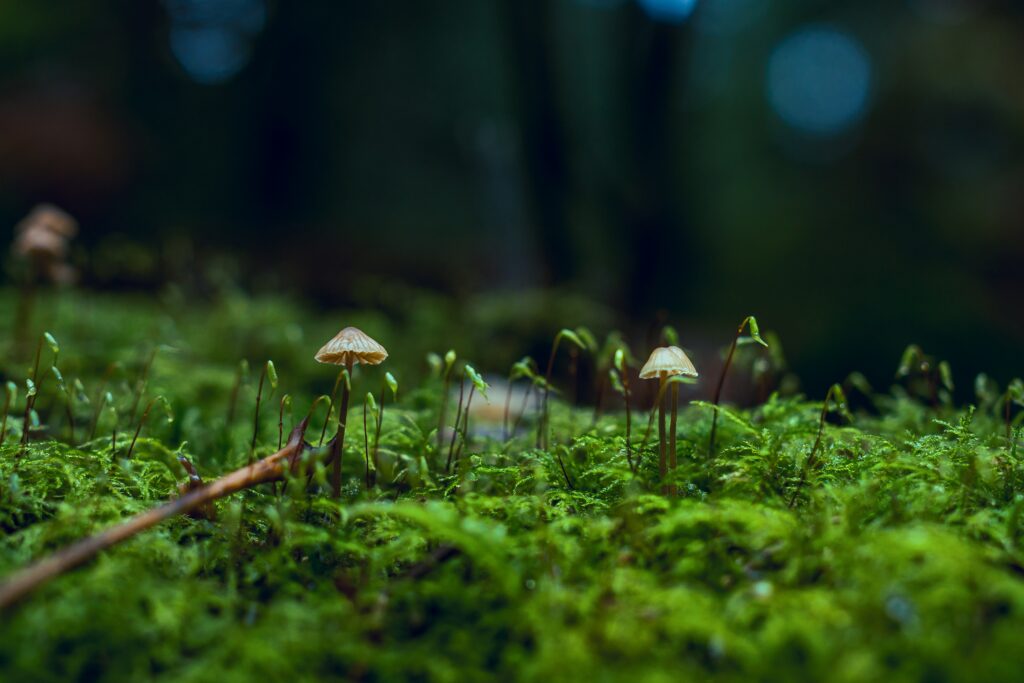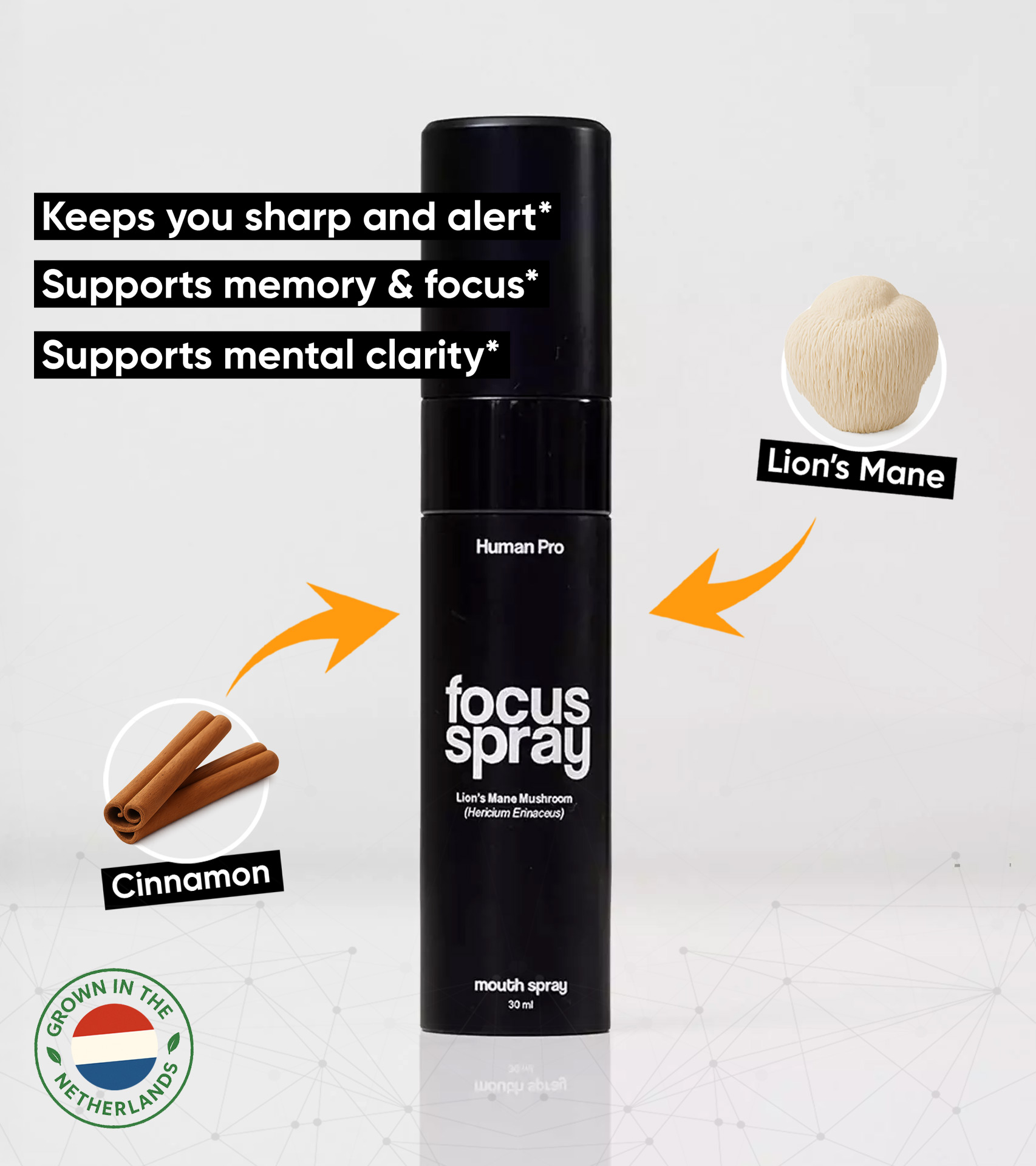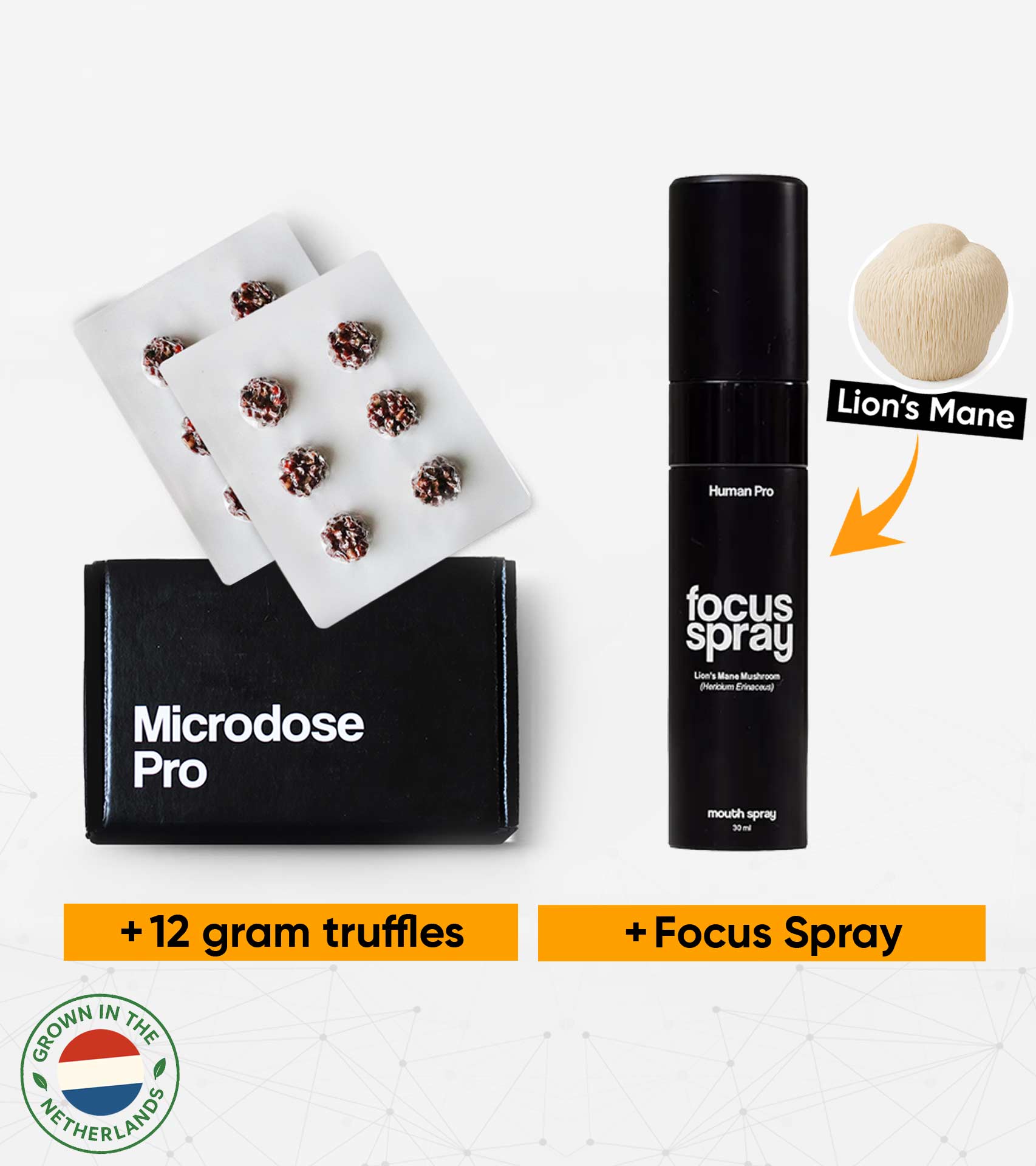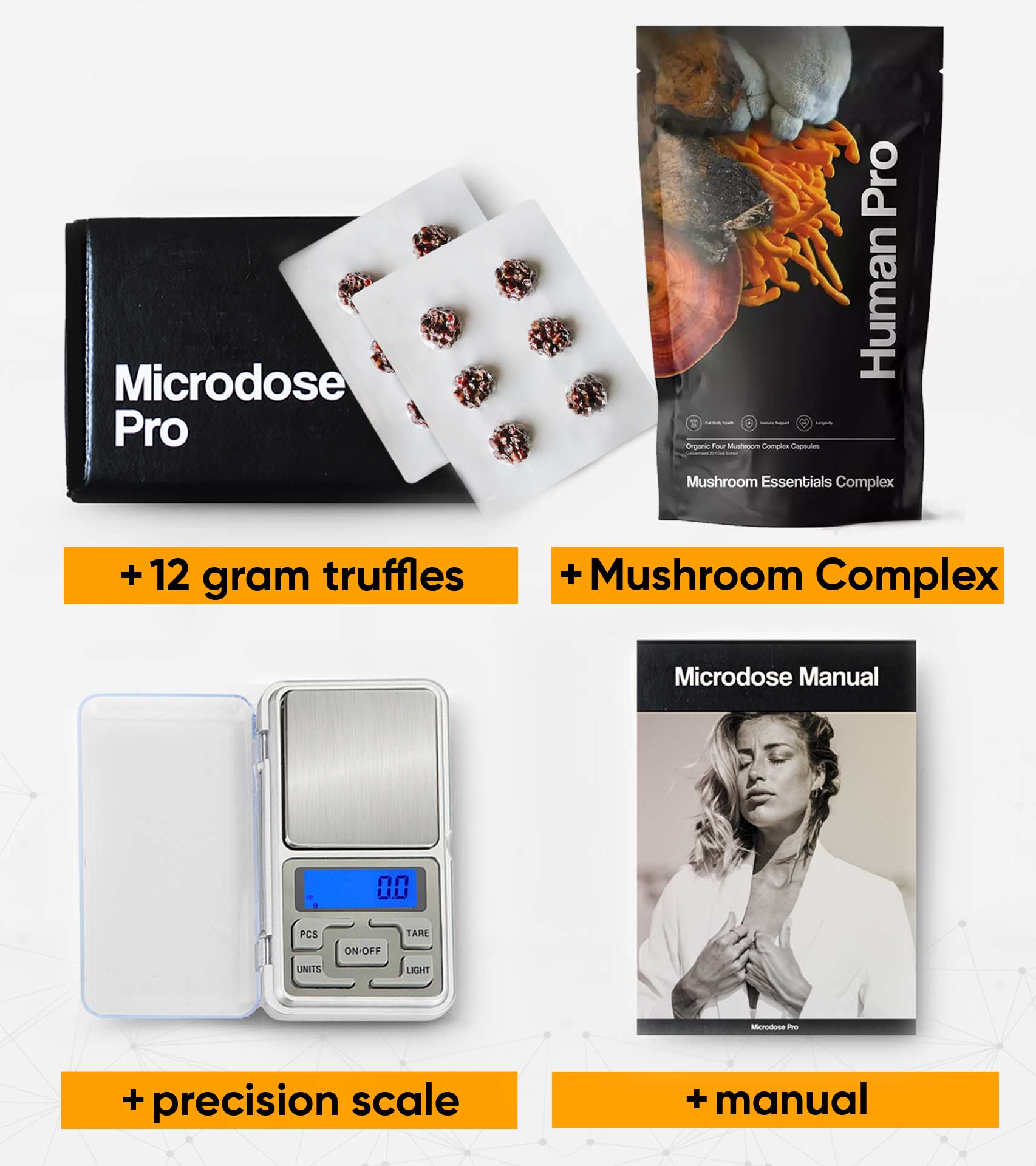Have you ever wondered about the trajectory of psilocybin in Western culture? How did sacred ceremonies and rituals leak into global societies? What were the consequences and reactions of sharing such private practices with foreigners? Who paid the price and who benefited?
There once was an American banker and amateur mycologist named Gordon Wasson. His fascination with mycology started in the late 1920s. By 1956, he traveled to Mexico to learn from indigenous healers like Maria Sabina about psilocybin-containing mushrooms’ spiritual and cultural significance.
Wasson’s trip was also funded by the CIA’s MK Ultra 58, which we could discuss some other time but for now, suffice it to say that Wasson made sure to well document the ceremonies hosted by Maria Sabina. These accounts from his time in Oaxaca Mexico helped to define the current Western psilocybin culture.
Legendary curandera
A curandera is a healer, Maria Sabina was so widely known for her healing ceremonies, Wasson travelled to the Aztec region to join one of her rituals. Once there, there was resistance from the Mazatec people. The locals believed that such traditions and ceremonies were not to be shared with outsiders.
Wasson was not to be deterred and managed to persuade Maria Sabina. He brought gifts for her and her family. He exaggerated tales and self-appointed himself a man that she could trust.
Despite Maria’s initial hesitation, her resistance faded and she accepted Wasson’s request for a ceremony. Wasson made sure to not only document but also publicize the details of his ceremonial experience with Maria Sabina.
LIFE Magazine
You can read Wasson’s entire original article that was published in Life magazine back in 1957. It’s called “Seeking the Magic Mushroom”. It describes his travel, meetings with Maria, and his encounters with the Mazatec community.
The local Mazatec people were not impressed with the major publication of his article in LIFE magazine. It brought unwanted attention to their sacred practices by exposing them to the world in such a manner.
The controversy of Maria Sabina’s actions has been controversial ever since. Some accuse the West of exploitation for personal gain, others questioned how these substances are now used by Western cultures.
Suffice it to say, Maria Sabina suffered great personal consequences for her choice.
General knowledge is that her home burned down and she died in poverty even though Sabina’s research and teachings helped us to better understand the risks and benefits of plant medicines like psilocybin.
Her contribution opened up new therapeutic applications for these substances on a global scale.
First-ever research studies
That same LIFE magazine article prompted the first-ever research studies on psilocybin’s potential therapeutic uses, specifically depression, and anxiety. These research projects also came to a halting end during the 70s and 80s despite the increase in personal recreational use.
Since the results of studies on the therapeutic potential of psilocybin have been more than encouraging. More and more studies are suggesting that psilocybin may have therapeutic benefits.
The Fadiman Protocol
Dr. James Fadiman is a 78-year-old Stanford-trained psychologist who began his research on microdosing in the 1960s.
Back then, while still legal, he investigated the effects psychedelics had on creativity and problem-solving. Dr. Fadiman over the years has become the guru of microdosing for improving self-improvement as per his 2011 book, The Psychedelic Explorers Guide.
In 2017 Dr. James Fadiman created a self-reporting microdosing survey to help researchers better understand the risks and rewards of microdosing.
This survey has not only brought Dr. Fadiman’s name to the attention of researchers but the practice of microdosing to a worldwide cohort of people looking to improve their lives and well-being.
Fadiman learned from his survey that the typical microdosing protocols involve taking small doses of the product no more than three times per week for a maximum of 6-8 weeks. The recommended dosage ranges are very low and can vary if using psilocybin truffles or dried magic mushrooms. When taking this medication, it is important to consider individual tolerance and body weight.
Despite the controversy around Fadiman’s study about users self-reporting accuracy, the study participants are asked to write down their experiences with each microdosing in a diary or journal. This survey asks questions about mood, creativity, productivity, and other aspects of daily life. Journaling is a massive part of any microdosing practice.
The Fadiman Protocol, as well as the microdosing studies, have both contributed to our understanding of the possible benefits and risks associated with microdosing psilocybin.
Onslaught of data
The steady results from recent scientific studies have prompted the US Food and Drug Administration to recognize psilocybin as its “breakthrough” treatment for treatment-resistant depression as of 2018.
Microdosing, in addition to its potential therapeutic benefits, has been reported to improve creativity, concentration, focus, and well-being by many. More research is required to confirm these benefits. It is also important to remember that psilocybin remains illegal in many countries.
Started at the bottom and now we’re here
Suffice it to say that Maria Sabina paid a high price to the benefit of Western societies at large. We have the opportunity to experience these substances and see for ourselves what benefits may lie within.
While I very much agree with the careful, deliberate, and humble use of these magical mushrooms, I am also deeply grateful to Maria Sabina, Wasson’s mischievousness, and Dr. Fadiman’s lifelong devotion to psychedelics at large.
More than anything, it’s the citizen scientist that has kept the fire of psychedelic use and research burning.
These nameless individuals also took a great personal risk in defense of what they feel is a deeply beneficial compound that contributes to their well-being.
As we know, there is no conclusive evidence, yet.
Science and global laws are frantically trying to catch up. Until then, let’s continue to appreciate where we’ve come from, what we are hoping to achieve, and the safe use of these magical compounds.
Flow strong.
Asha ✨







4 Comments. Leave new
Excellent
thank you❣️❣️❣️
I have been involved in martial arts all my life over 45 years now. During their time I have led a reasonably healthy life would only very recently discovered the power of mushrooms and their healing as a consequence of a family member being diagnosed with cancer of the stomach and oesophagus. I’m not sure if I get a reply from this post I’m just looking for more additional information that may help in the healing Shrinking of tumors in the family member I have been told turkey tail and lions mean can contribute a lot to this I’ve also heard about pine cactus juice from the tropics the Avelos plant, if anybody knows they may forward me on my email provided
Hi Michael,
Thanks so much for reaching out and glad to hear that you have discovered the magic of mushrooms in your life recently.
As for the additional information regarding cancer, we are unable to provide any medical guidance. Each person has their own very unique medical history and working with a medical professional is your best bet.
You are also welcome to join our communities on Facebook and Discord, if you would like to connect with others.
❣️❣️❣️